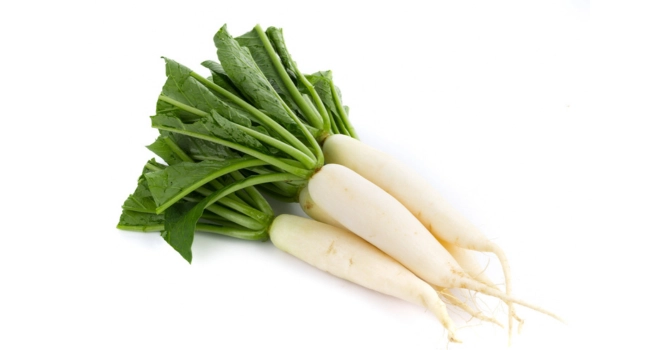Health Benefits of Red Snapper Fish

Red snapper is a popular and highly sought-after seafood choice known for its firm texture, nutty flavor, and nutritional benefits. But how does it compare to other common fish like tilapia when it comes to nutrition and health benefits?
👉 See how red snapper stacks up against tilapia in your diet.
This fish is not only versatile in culinary applications but also brings a host of health benefits, making it a valuable addition to a balanced diet.
Nutritional Profile of Red Snapper
- Lean Protein Source: Red snapper is an excellent source of high-quality, lean protein, which is essential for building and repairing tissues, supporting immune function, and maintaining muscle mass.
- Low in Saturated Fat: This fish is low in saturated fat, making it a heart-healthy protein option that can fit well into a balanced diet aimed at reducing the risk of heart disease.
- Rich in Vitamins and Minerals: Red snapper provides various vitamins and minerals, including Vitamin D, Vitamin E, and Vitamin A, as well as potassium, magnesium, and phosphorus.
These nutrients play crucial roles in bone health, immune function, and overall well-being.
Health Benefits of Red Snapper
1. Heart Health: The low-fat content and presence of omega-3 fatty acids in red snapper can contribute to cardiovascular health by lowering blood pressure, reducing triglyceride levels, and decreasing the risk of heart disease.
2. Weight Management: As a lean source of protein, red snapper can be particularly beneficial for weight management. Protein-rich foods can increase satiety, helping to reduce overall calorie intake by making you feel fuller for longer.
3. Anti-inflammatory Properties: Omega-3 fatty acids found in red snapper have anti-inflammatory effects, which can help reduce the risk of chronic diseases and alleviate symptoms of inflammatory conditions.
4. Bone Health: The presence of minerals like magnesium and phosphorus in red snapper supports the development and maintenance of strong bones and teeth, potentially reducing the risk of osteoporosis.
5. Immune Support: Vitamins such as Vitamin D and Vitamin A in red snapper play a role in supporting immune health, protecting the body against infections and diseases.
Red snapper’s firm texture and mild flavor make it suitable for various cooking methods, including grilling, baking, frying, and steaming. It can be seasoned with a wide range of herbs and spices, making it a versatile option for many different cuisines and dietary preferences.
Considerations and Sustainability
When incorporating red snapper into your diet, it’s essential to consider sustainability and environmental impact.
Overfishing and habitat destruction have affected red snapper populations in some areas. Opting for red snapper from sustainable fisheries, certified by organizations like the Marine Stewardship Council (MSC), can help ensure that seafood consumption is environmentally responsible.












